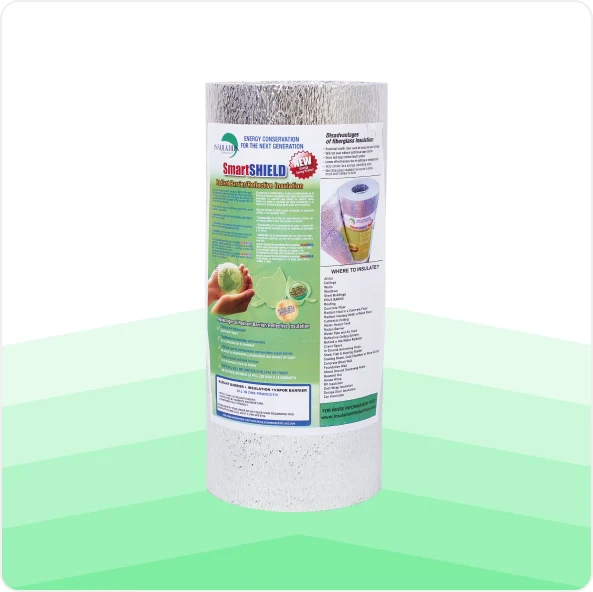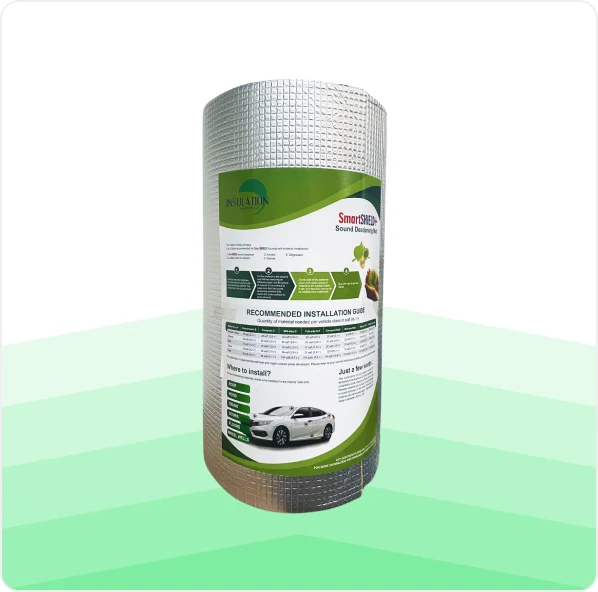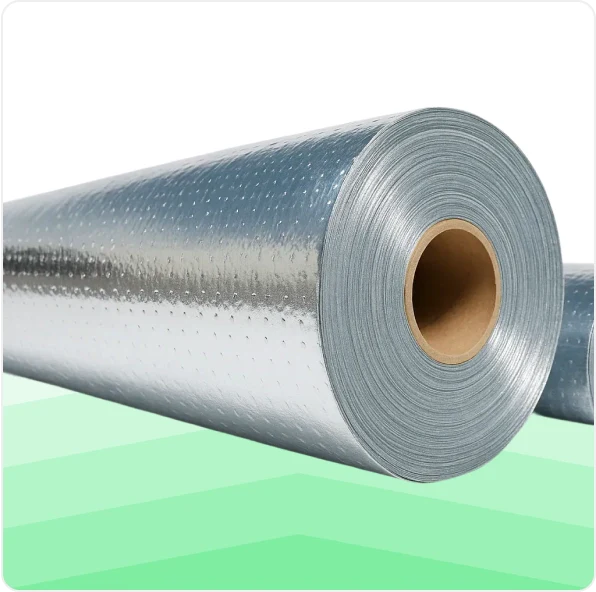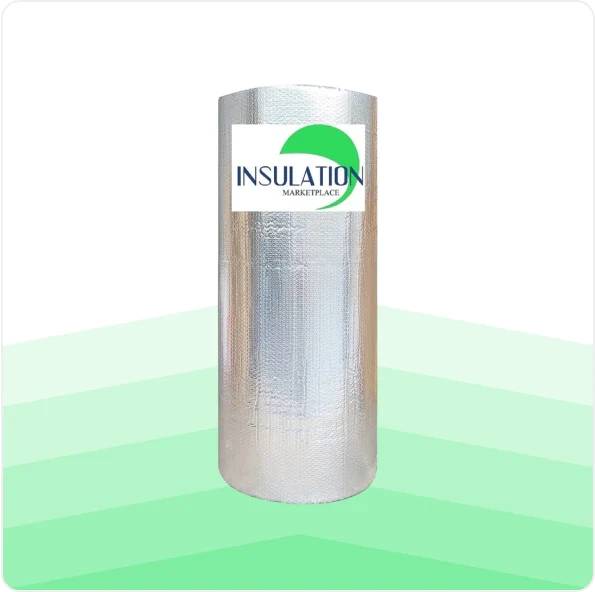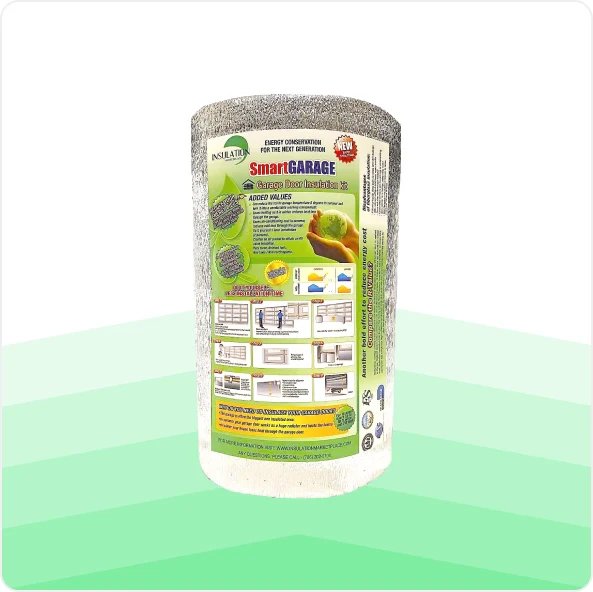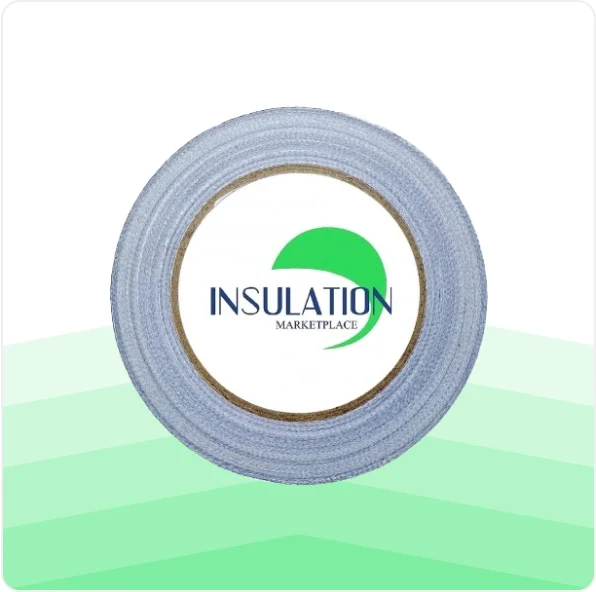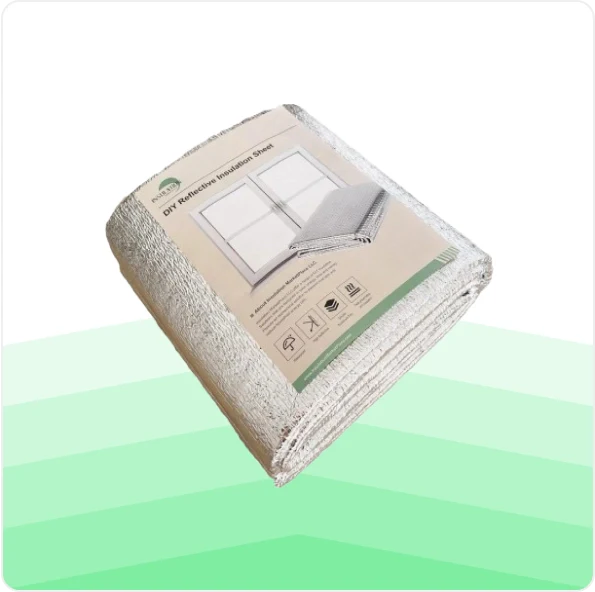Insulating your attic roof rafters is one of the smartest DIY projects you can tackle to improve energy efficiency and comfort. In this guide, you will learn not only how to insulate an attic roof rafters but also why it matters, which materials to use, and how to install them effectively.
By the end, you’ll feel confident taking on this project with top‑quality products and a clear plan.
Why insulating attic rafters can save energy
Attic rafters often go uninsulated and act like thermal tunnels letting hot air in during summer and allowing heat to escape in winter. Most heat gain in a home happens through the roof before walls or windows. That is why knowing how to insulate an attic roof rafters is key to controlling indoor temperature and lowering energy bills.
Adding insulation directly to rafters complements floor or wall insulation and reduces HVAC stress. If you have ever asked yourself should i insulate my attic rafters it probably means your attic roof is a weak point. Working with rafters can be easier than retrofitting floors and prevents condensation while boosting comfort.
Choosing the right insulation for attic rafters
When deciding how to insulate an attic roof rafters, you should pick materials based on R value performance, moisture control, and ease of installation. Common options include spray foam or foam board, but those can be costly or hard to fit. Reflective insulation rolls from Insulation MarketPlace provide a flexible and efficient choice.
Products like SmartSHIELD and SmartFOIL combine reflective foil with a foam core. They reflect radiant heat and add R value without bulk. Searching for insulate attic rafters solutions, you will find that reflective insulation is lightweight, eco friendly, and non toxic. Best of all, it is easy to cut and install on wooden rafters without specialized tools.

Step-by-step guide to installing insulation for rafters in attic
These steps will guide you if you are learning how to insulate an attic roof rafters
- Gather your supplies, including reflective insulation roll, utility knife, measuring tape, staples, and safety gear
- Measure the distance between rafters and cut strips slightly larger so insulation fits snugly
- Staple one edge of the insulation to the top of the rafter, ensuring reflective foil faces the interior air space
- Press insulation between rafters, leaving a small air gap behind the foil surface
- Seal seams with reflective insulation tape to prevent air flow
- Work your way across the rafters and add insulation from skylight to peak
Using this method of insulating rafters in the attic keeps the reflective surface active and blocks radiant heat effectively while improving R value and draft prevention.
How to insulate attic rafters in cold and hot climates
Your climate affects how you should insulate attic roof rafters. In cold areas, keeping heat inside is more critical, while in hot regions, radiant heat from the sun is the main issue. Products like SmartSHIELD offer value in both cases by reflecting heat in summer and slowing heat loss in winter.
For homeowners asking, “Should I insulate my attic rafters?” SmartSHIELD is a reliable option in both summer and winter. It not only reflects radiant heat in the summer but also helps retain warmth in the winter, making it a year-round upgrade for attic performance.

How to keep your attic comfortable with proper rafter insulation
Knowing how to insulate an attic roof rafters can make a big difference in year-round comfort. Proper insulation helps regulate temperature, prevents moisture buildup, and reduces the chance of mold forming along the roof structure. Reflective insulation is especially effective at blocking radiant heat from entering the attic space.
When attic roof rafters are insulated correctly, airflow improves, and your ventilation system becomes more efficient. Cooler air can move through the space without being affected by overheated surfaces. This not only protects the structure but also makes the attic more usable for storage or equipment, even in extreme temperatures.
Maintenance and upgrades after installation
After you’ve learned how to insulate an attic roof rafters and completed the installation, it’s important to keep up with basic maintenance. Check the insulation a few times a year for any gaps, sagging, or damage. If you notice areas that are compressed or torn, replace them using the same reflective material to keep performance consistent.
Adding radiant foil vents over rafters and weather stripping around attic access further enhances your efforts to insulate attic rafters.
Why Insulation MarketPlace solutions stand out
Insulation MarketPlace products like SmartSHIELD and SmartFOIL are perfect for insulating rafters in attic spaces. These reflective insulation options combine engineered foil with foam core to deliver high performance without bulk.
They are easy to install, non-toxic to handle, moisture resistant, and provide radiant heat reflection plus conductive resistance. You no longer need to decide between comfort and simplicity when you learn how to insulate an attic roof rafters. These products offer both.
When installed correctly, these products help keep your attic cooler in the summer and warmer in the winter, while also protecting your roof structure and lowering utility costs.
Explore the best insulation options for your attic project at Insulation MarketPlace.

